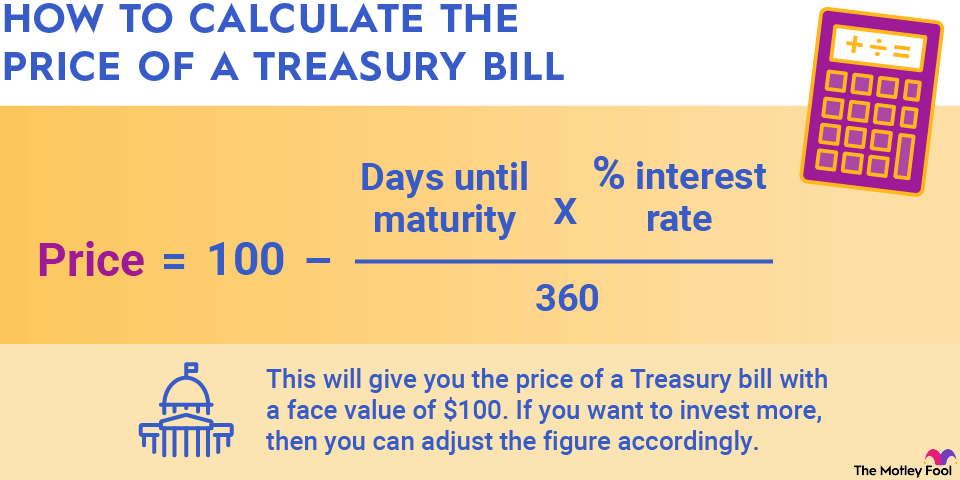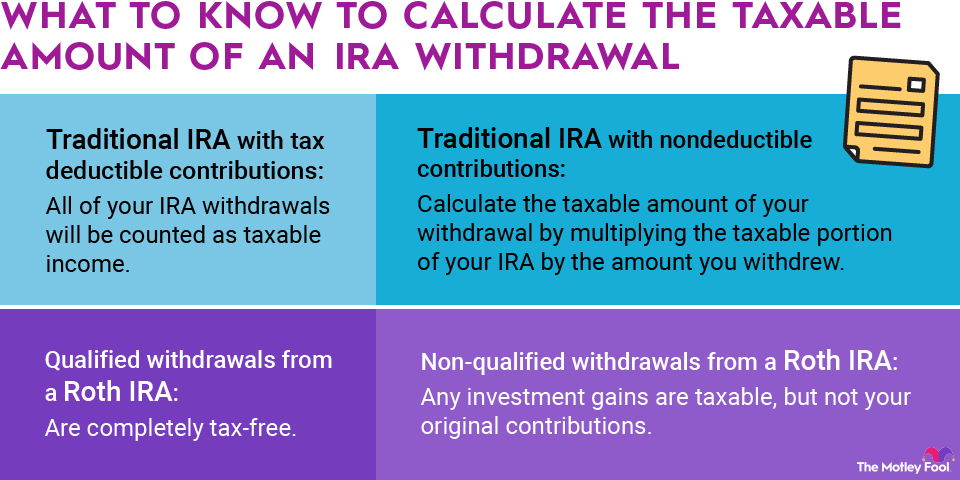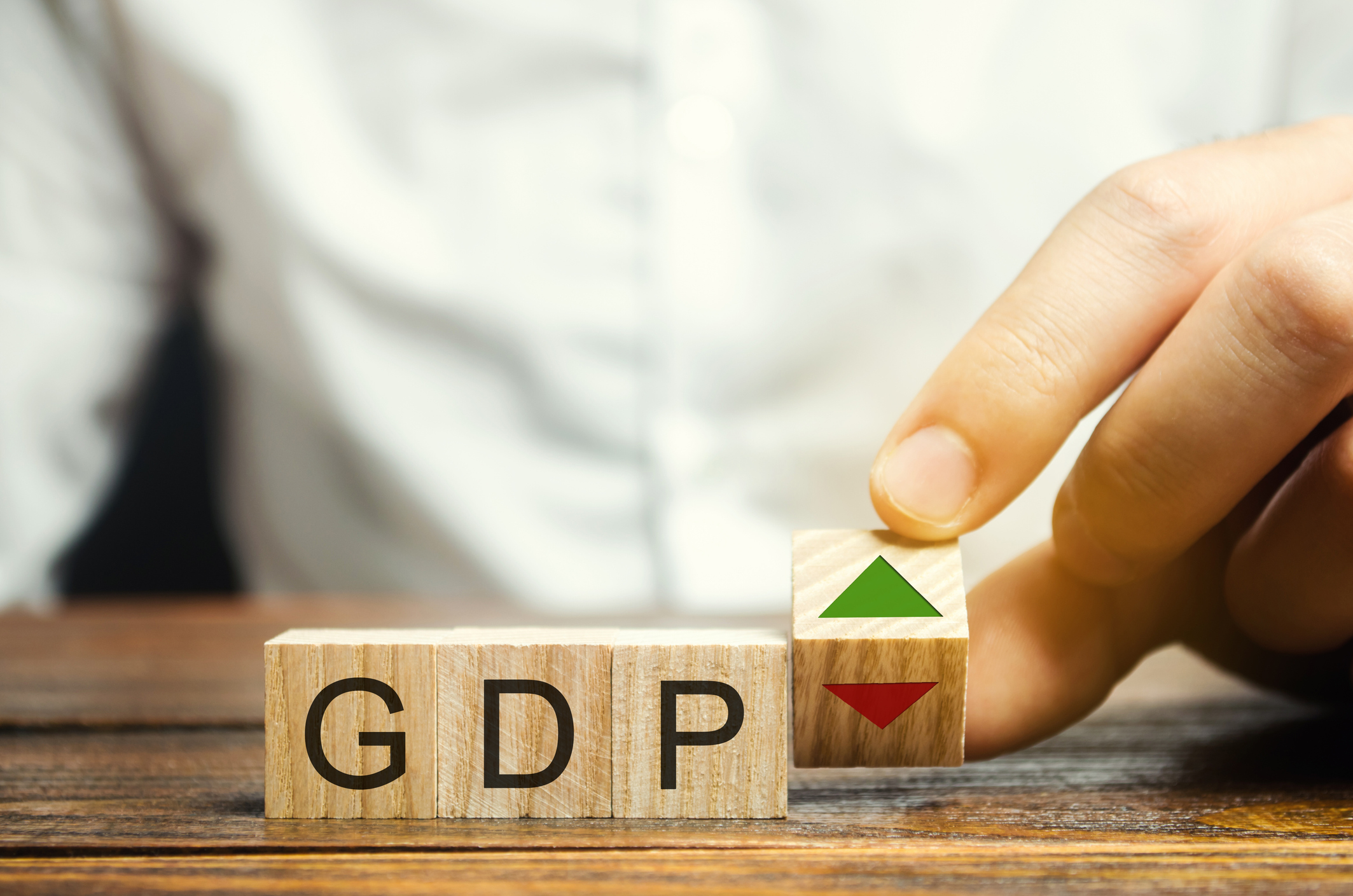All things being equal, investors prefer buying pieces of highly profitable companies. After all, a stock is just a claim against future earnings, and so we ultimately want an enterprise that produces substantial profits over time. Conversely, if profitability is lower than average or trending down, it could be a sign to stay away from this particular stock.

How to calculate income as a percentage of revenue
Profitability, sometimes called profit margin or net margin, is determined by calculating income as a percentage of revenue. The two figures that we need for this calculation are found in the income statement.
First, take the net income figure, which is the company's bottom-line profit after paying out all operating expenses, interest, and taxes. In this example, let's say Acme Widgets' net income amounts to $7.1 million in its last complete fiscal year.
Next, locate net revenue, which can also be called net sales. In this case, Acme booked $46 million of revenue last year. Now we have everything that we need to perform our two-step calculation:
- Divide net income by net revenue – ($7.1 million)/ ($46 million) = 0.1543.
- Multiply that result by 100 – (0.1543) X (100) = 15.43%.
Why does it matter?
This calculation tells us that Acme Widgets is a solidly profitable business. Specifically, for every $1 of sales that Acme logged last year, it generated $0.15 of income. In other words, its profit margin is 15%.
Profit margin is also useful in making comparisons between competitors and across time periods. For example, if Acme's two rivals in the industry both have 9% profit margins, then it suggests that Acme enjoys competitive advantages, such as brand strength or economies of scale, that allow it to generate profits that rivals just can't beat.
Related investing topics
Investors also want to keep an eye on their company's profitability trend. It's generally desirable that the business enjoy growing, or at least steady, profit margin. Instead, if Acme's margin sat at 22% in the prior fiscal year before falling to 15% last year, then it's worth a shareholder looking into why income fell so dramatically as a percentage of revenue.
Learn more about investing by checking out our broker center!
This article is part of The Motley Fool's Knowledge Center, which was created based on the collected wisdom of a fantastic community of investors. We'd love to hear your questions, thoughts, and opinions on the Knowledge Center in general or this page in particular. Your input will help us help the world invest, better! Email us at [email protected]. Thanks -- and Fool on!


















